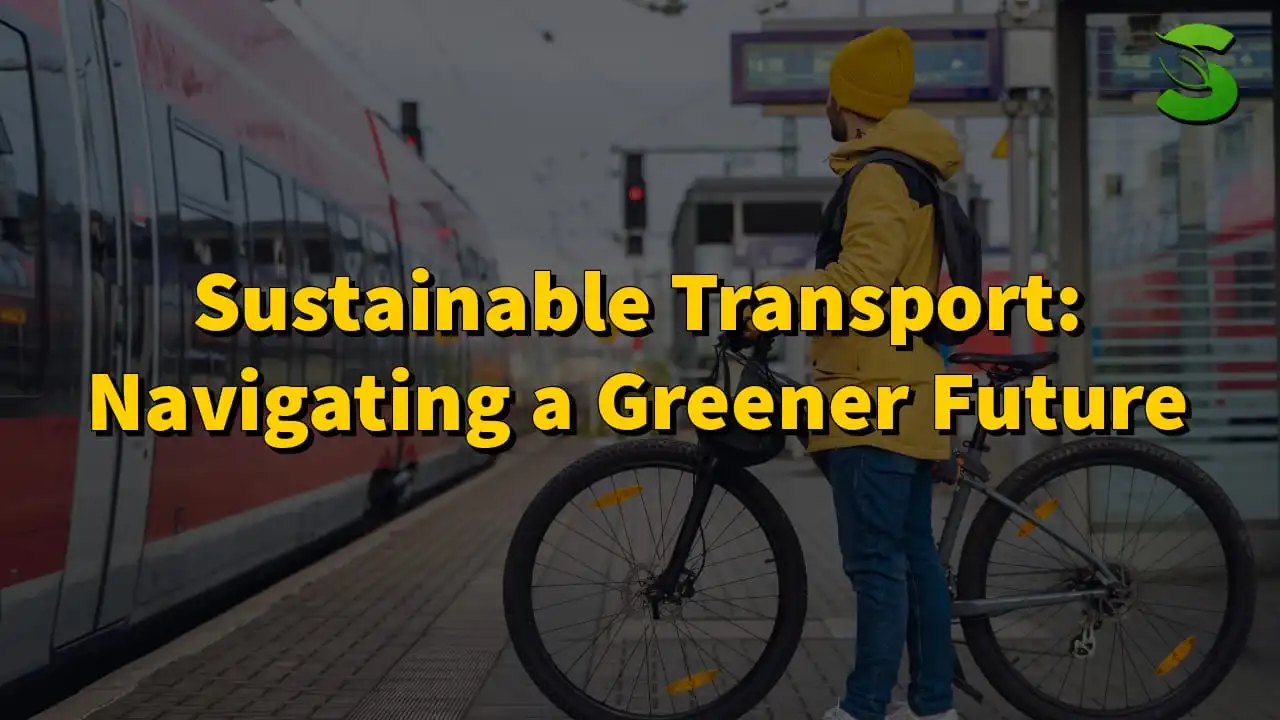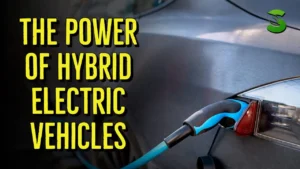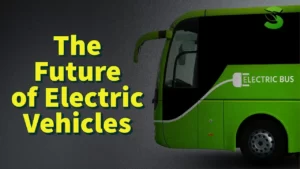Sustainable transport has emerged as a critical solution to mitigate the environmental impact of traditional transportation systems. In this comprehensive blog post, we will delve into the significance of sustainable transport, its myriad benefits, the various types available, government initiatives, challenges, technological contributions, urban planning integration, and practical steps individuals can take to embrace sustainable transportation.
Introduction
Sustainable transport is a holistic approach to transportation that prioritizes environmental, social, and economic sustainability. The urgency to address the environmental repercussions of conventional transport, such as high carbon emissions and air pollution, has never been more pressing. The current transportation sector faces challenges like congestion, rising fuel costs, and the depletion of finite resources, necessitating a shift towards sustainable alternatives.
Benefits of Sustainable Transport
Environmental Benefits
Embracing sustainable transport significantly reduces greenhouse gas emissions, contributing to global efforts to combat climate change. Improved air quality is a direct outcome, positively impacting public health and biodiversity.
Social and Economic Benefits
Sustainable transport leads to reduced traffic congestion, lowering stress levels and enhancing overall well-being. Additionally, it cuts transportation costs for individuals and businesses, fostering economic efficiency and competitiveness.
Types of Sustainable Transport
Public Transportation
Efficient and accessible public transportation systems play a pivotal role in reducing individual reliance on private vehicles. They promote shared mobility, lowering the overall carbon footprint.
Cycling and Walking
Encouraging cycling and walking not only reduces emissions but also promotes a healthier lifestyle. These modes of transport contribute to a sense of community and engagement with the local environment.
Electric Vehicles (EVs)
Electric vehicles are gaining prominence as a cleaner alternative to traditional cars. With advancements in battery technology, EVs offer a sustainable solution for personal and commercial transportation.
Government Initiatives and Policies
Investment in Public Transportation
Governments worldwide are investing in robust public transportation infrastructure, making it more convenient and appealing. This includes expanding metro systems, introducing efficient bus networks, and implementing integrated transport solutions.
Subsidies for Electric Vehicles
To incentivize the adoption of electric vehicles, governments are offering subsidies, tax credits, and rebates. These measures aim to make sustainable choices economically viable for a broader audience.
Bike Lanes and Pedestrian Zones
Cities are prioritizing the creation of bike lanes and pedestrian zones, enhancing safety and encouraging non-motorized modes of transport. Such initiatives contribute to a more sustainable urban landscape.
Challenges and Solutions
Resistance to Change
Resistance to change is a common challenge in implementing sustainable transport solutions. Awareness campaigns, education programs, and community engagement can help overcome this resistance.
Lack of Infrastructure
The lack of adequate infrastructure poses a hurdle. Governments and private entities must collaborate to build the necessary infrastructure, including charging stations for electric vehicles and cycling-friendly paths.
Role of Technology
Electric and Autonomous Vehicles
Technological advancements in electric and autonomous vehicles are transforming the transport landscape. These innovations reduce emissions and enhance the efficiency and safety of transportation.
Smart Traffic Management
Smart traffic management systems optimize traffic flow, minimizing congestion and reducing fuel consumption. Integrated transportation apps provide real-time information, encouraging smarter commuting choices.
Sustainable Transport and Urban Planning
Compact and Mixed-Use Developments
Urban planning plays a crucial role in promoting sustainable transport. Compact, mixed-use developments reduce the need for extensive travel and encourage local economic activities.
Pedestrian-Friendly Infrastructure
Creating pedestrian-friendly infrastructure, such as walkable sidewalks and crosswalks, fosters a sense of community and makes sustainable modes of transport more appealing.
Efficient Public Transportation Networks
Well-designed and efficient public transportation networks are central to sustainable urban planning. Integrated systems make it easier for individuals to choose public transport over private vehicles.
Individual Actions for Sustainable Transport
Use Public Transportation
Opt for public transportation whenever possible, reducing the number of individual vehicles on the road.
Walk or Cycle for Short Distances
For short distances, consider walking or cycling, promoting personal health and reducing carbon emissions.
Carpooling
Carpooling is an effective way to share rides and decrease the number of vehicles on the road, contributing to reduced congestion and emissions.
Frequently Asked Questions (FAQs)
What is the main goal of Sustainable Transport? Sustainable Transport aims to address environmental, social, and economic challenges associated with traditional transportation, promoting eco-friendly alternatives for a healthier planet.
How does public transportation contribute to sustainability? Public transportation reduces the reliance on private vehicles, lowering overall carbon emissions and promoting shared mobility for a more sustainable future.
Are electric vehicles the only sustainable transport option? While electric vehicles play a significant role, sustainable transport includes various options such as public transportation, cycling, and walking, offering diverse choices for individuals.
What role can technology play in sustainable transport? Technology contributes by introducing electric and autonomous vehicles, smart traffic management systems, and transportation apps, optimizing efficiency and reducing environmental impact.
How can individuals contribute to sustainable transport in their daily lives? Individuals can contribute by using public transportation, walking or cycling for short distances, and participating in carpooling, collectively reducing their carbon footprint.
Is sustainable transport only relevant in urban areas? No, sustainable transport is relevant in both urban and rural areas. Solutions may vary, but the goal is to reduce environmental impact and promote eco-friendly transportation choices.
Conclusion
In conclusion, sustainable transport is not just a choice; it is a necessity for a healthier planet and more livable cities. By understanding its benefits, supporting government initiatives, overcoming challenges, embracing technology, integrating with urban planning, and taking individual actions, we can collectively drive a positive change in the way we move. Let’s embark on this journey towards sustainable transport, creating a greener and more sustainable future for generations to come.
ALSO READ |Recycling Solar Batteries for a Sustainable Future
References:







